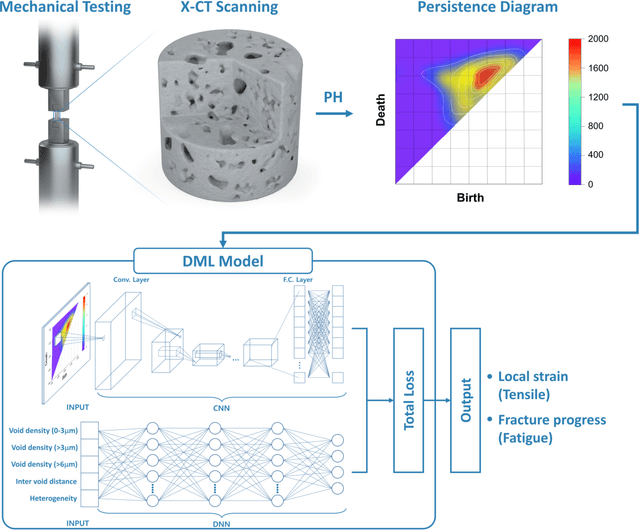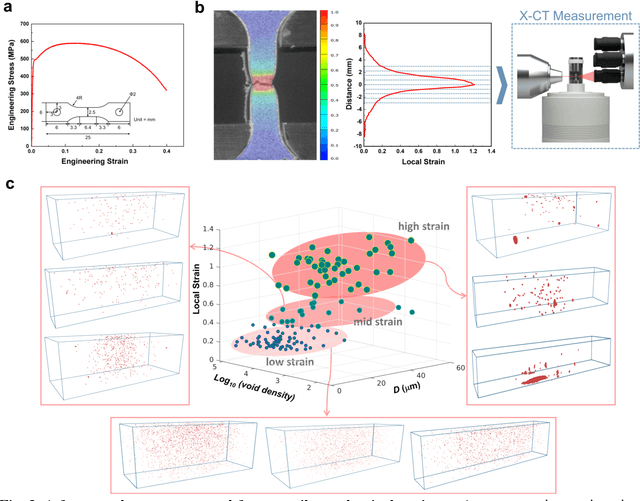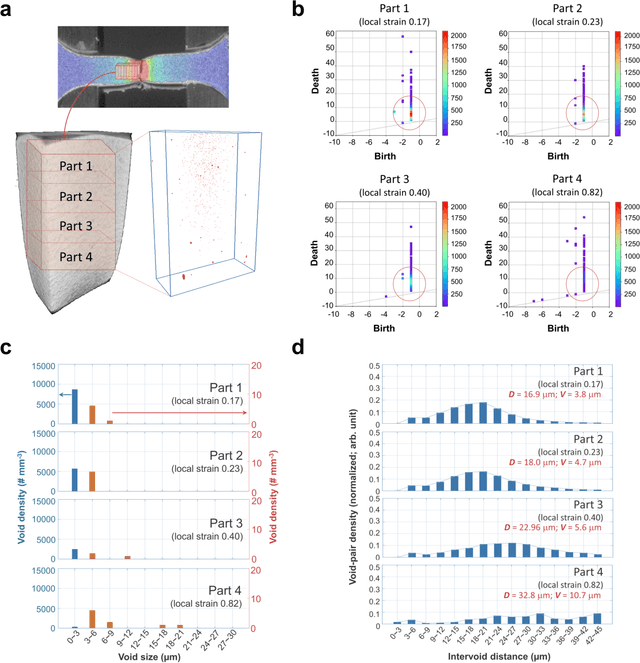Seok Su Sohn
MaTableGPT: GPT-based Table Data Extractor from Materials Science Literature
Jun 08, 2024Abstract:Efficiently extracting data from tables in the scientific literature is pivotal for building large-scale databases. However, the tables reported in materials science papers exist in highly diverse forms; thus, rule-based extractions are an ineffective approach. To overcome this challenge, we present MaTableGPT, which is a GPT-based table data extractor from the materials science literature. MaTableGPT features key strategies of table data representation and table splitting for better GPT comprehension and filtering hallucinated information through follow-up questions. When applied to a vast volume of water splitting catalysis literature, MaTableGPT achieved an extraction accuracy (total F1 score) of up to 96.8%. Through comprehensive evaluations of the GPT usage cost, labeling cost, and extraction accuracy for the learning methods of zero-shot, few-shot and fine-tuning, we present a Pareto-front mapping where the few-shot learning method was found to be the most balanced solution owing to both its high extraction accuracy (total F1 score>95%) and low cost (GPT usage cost of 5.97 US dollars and labeling cost of 10 I/O paired examples). The statistical analyses conducted on the database generated by MaTableGPT revealed valuable insights into the distribution of the overpotential and elemental utilization across the reported catalysts in the water splitting literature.
Predicting failure characteristics of structural materials via deep learning based on nondestructive void topology
May 17, 2022



Abstract:Accurate predictions of the failure progression of structural materials is critical for preventing failure-induced accidents. Despite considerable mechanics modeling-based efforts, accurate prediction remains a challenging task in real-world environments due to unexpected damage factors and defect evolutions. Here, we report a novel method for predicting material failure characteristics that uniquely combines nondestructive X-ray computed tomography (X-CT), persistent homology (PH), and deep multimodal learning (DML). The combined method exploits the microstructural defect state at the time of material examination as an input, and outputs the failure-related properties. Our method is demonstrated to be effective using two types of fracture datasets (tensile and fatigue datasets) with ferritic low alloy steel as a representative structural material. The method achieves a mean absolute error (MAE) of 0.09 in predicting the local strain with the tensile dataset and an MAE of 0.14 in predicting the fracture progress with the fatigue dataset. These high accuracies are mainly due to PH processing of the X-CT images, which transforms complex and noisy three-dimensional X-CT images into compact two-dimensional persistence diagrams that preserve key topological features such as the internal void size, density, and distribution. The combined PH and DML processing of 3D X-CT data is our unique approach enabling reliable failure predictions at the time of material examination based on void topology progressions, and the method can be extended to various nondestructive failure tests for practical use.
 Add to Chrome
Add to Chrome Add to Firefox
Add to Firefox Add to Edge
Add to Edge